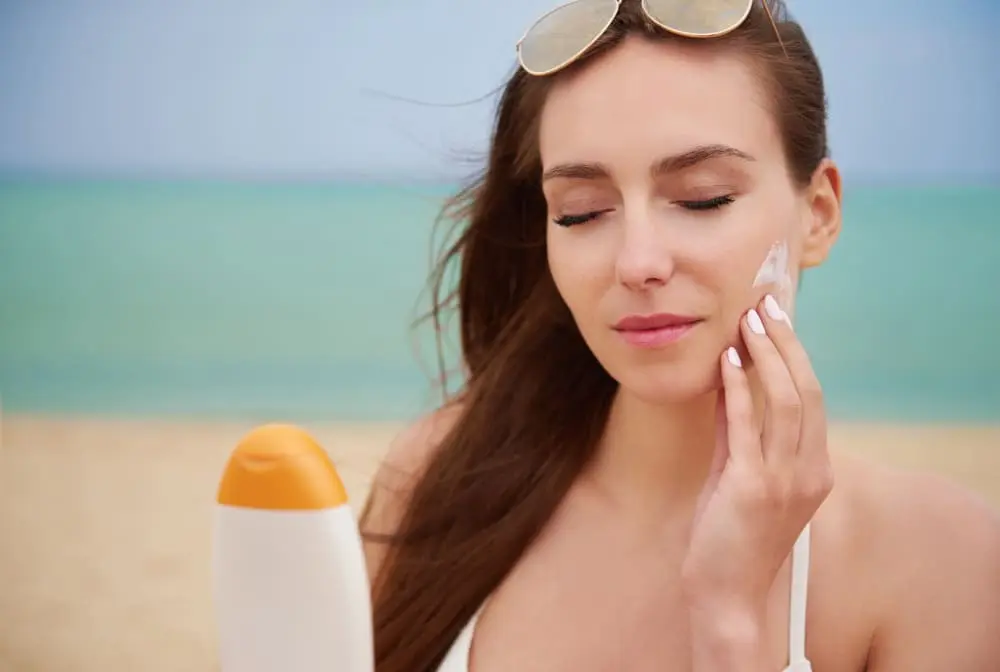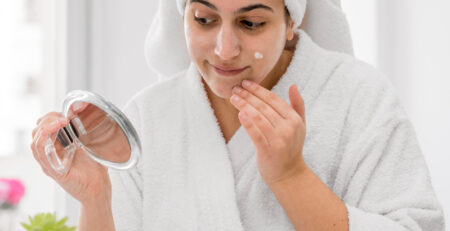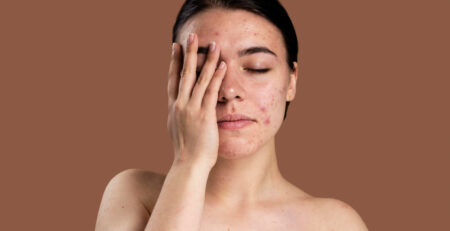Sun Protection: Using Sunscreen and Preventing Skin Damage
Sun protection is crucial for maintaining healthy skin and preventing long-term damage caused by exposure to ultraviolet (UV) rays. Whether you’re enjoying a day at the beach or just going about your daily routine, incorporating effective sun protection measures is essential. This comprehensive guide explores the importance of sunscreen, tips for proper application, and strategies to minimize sun damage.
Importance of Sunscreen
Sunscreen serves as a barrier between your skin and harmful UV rays emitted by the sun. UV radiation can penetrate the skin, causing sunburn, premature aging, and even skin cancer over time. By applying sunscreen regularly, you create a protective shield that reduces the risk of these negative effects.
Types of Sunscreens
There are two main types of sunscreens: chemical and physical (mineral). Chemical sunscreens absorb UV radiation and convert it into heat, while physical sunscreens act as a physical barrier, reflecting and scattering UV rays away from the skin. Both types offer effective protection, and choosing the right one depends on your skin type and personal preference.
SPF Explained
SPF measures sunscreen’s ability to protect against UVB rays, which are primarily responsible for causing sunburn and skin cancer. The SPF number indicates how long the sunscreen will protect your skin compared to not using any sunscreen at all. For example, SPF 30 allows you to stay in the sun 30 times longer without burning than if you were unprotected. However, it’s important to note that SPF only measures protection against UVB rays, not UVA rays, which also contribute to skin damage.
Proper Application Techniques
To maximize sun protection, apply sunscreen generously to all exposed skin areas, including the face, neck, arms, and legs. Use about one ounce (enough to fill a shot glass) to cover your entire body. Reapply sunscreen every two hours or immediately after swimming or sweating, even if the sunscreen is labeled as water-resistant.
Choosing the Right Sunscreen
Select a broad-spectrum sunscreen that protects against both UVA and UVB rays. Look for products labeled “broad-spectrum” and with an SPF of at least 30 for adequate protection. Consider your skin type and any sensitivities when choosing sunscreen, opting for products that are hypoallergenic or specifically formulated for sensitive skin if needed.
Sun Protection Tips
In addition to wearing sunscreen, incorporate other sun protection measures into your daily routine:
Seek Shade: Limit direct sun exposure during peak hours (10 a.m. to 4 p.m.) when UV rays are strongest.
Wear Protective Clothing: Cover up with tightly woven clothing, a wide-brimmed hat, and sunglasses that offer UV protection.
Avoid Tanning Beds: Indoor tanning devices emit UV radiation that can cause skin damage and increase the risk of skin cancer.
Effects of Sun Damage
Prolonged exposure to UV rays without adequate protection can lead to various skin issues:
Sunburn: Red, painful skin caused by overexposure to UVB rays.
Premature Aging: UV radiation accelerates skin aging, causing wrinkles, fine lines, and age spots.
Skin Cancer: UV radiation is a known carcinogen that can lead to the development of skin cancer, including melanoma, the most serious type.
Importance of Regular Skin Checks
Perform regular self-examinations of your skin to monitor for any changes or abnormalities. Look for new moles, changes in existing moles, or any unusual growths. Early detection of skin cancer increases the chances of successful treatment and recovery.
Conclusion
Protecting your skin from sun damage is essential for maintaining its health and youthful appearance. By incorporating sunscreen into your daily skincare routine and practicing sun-safe behaviors, you can minimize the harmful effects of UV radiation and enjoy healthy, radiant skin for years to come. Remember, sun protection is not just a summer necessity but a year-round commitment to skin health and overall well-being.










